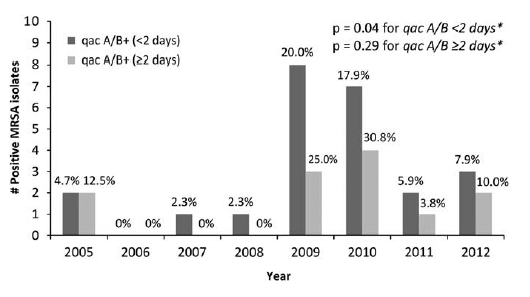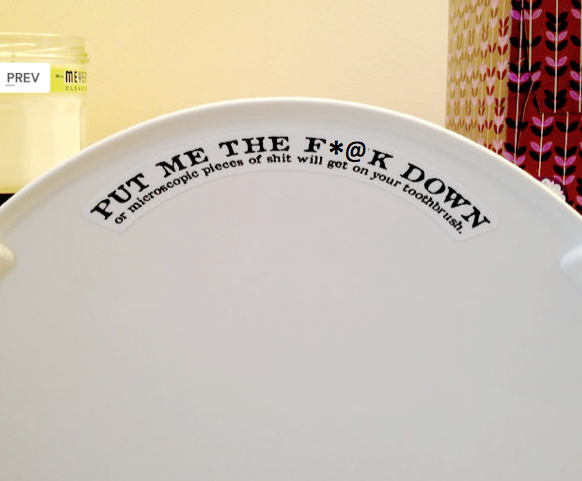Quality improvement: 2 steps forward, 1 step back
I don't know how many hospital infection prevention programs are tasked with tracking the performance metrics for the Surgical Care Improvement Project (SCIP). It's a quality improvement program designed to reduce post-operative complications. At many hospitals it belongs to the QI folks, but since it started with the tracking of infection prevention metrics (perioperative antimicrobial prophylaxis), at my hospital Infection Control houses the program. The byzantine rules for data abstraction are mind-numbing, and I'm really thankful to have a wonderful nurse abstractor. But at times these projects lose the forest for the trees. Here's a case I dealt with last week. A patient was admitted with a lawn mower blade injury resulting in a dirty, open wound that required vascular reconstruction. Because the surgeon continued the patient's antibiotic beyond 24 hours post-op, he was judged noncompliant because the rule says antibiotics have to stop within 24 hours unless an infection is present pre-operatively. In my opinion, as an infectious diseases specialist I agree with the surgeon, so if I am run over by a lawn mower, give me the antibiotics! As Peter Pronovost notes in his book, measuring quality is often an endeavor of dubious quality. In the big picture (at the hospital level), it probably doesn't matter that we have some misclassified cases like this one. However, quality shoots itself in the foot with these seemingly stupid issues that turn physicians off. And this is exactly why it's difficult to get buy-in from doctors on QI projects.



Comments
Post a Comment
Thanks for submitting your comment to the Controversies blog. To reduce spam, all comments will be reviewed by the blog moderator prior to publishing. However, all legitimate comments will be published, whether they agree with or oppose the content of the post.